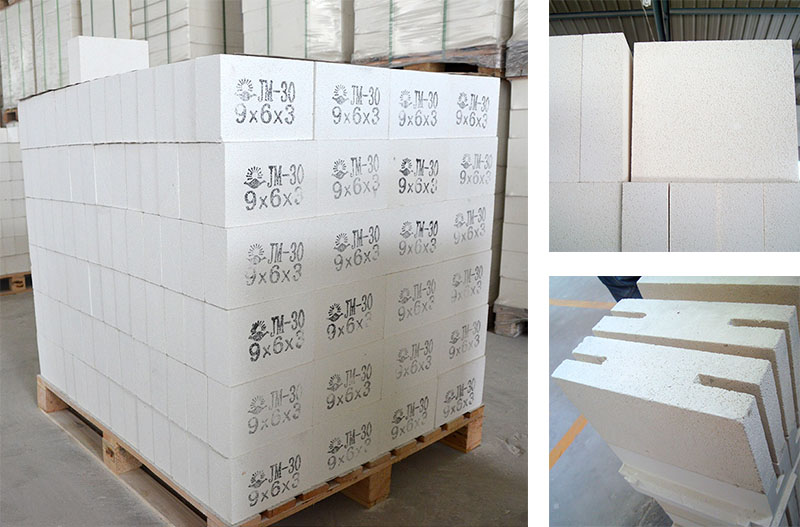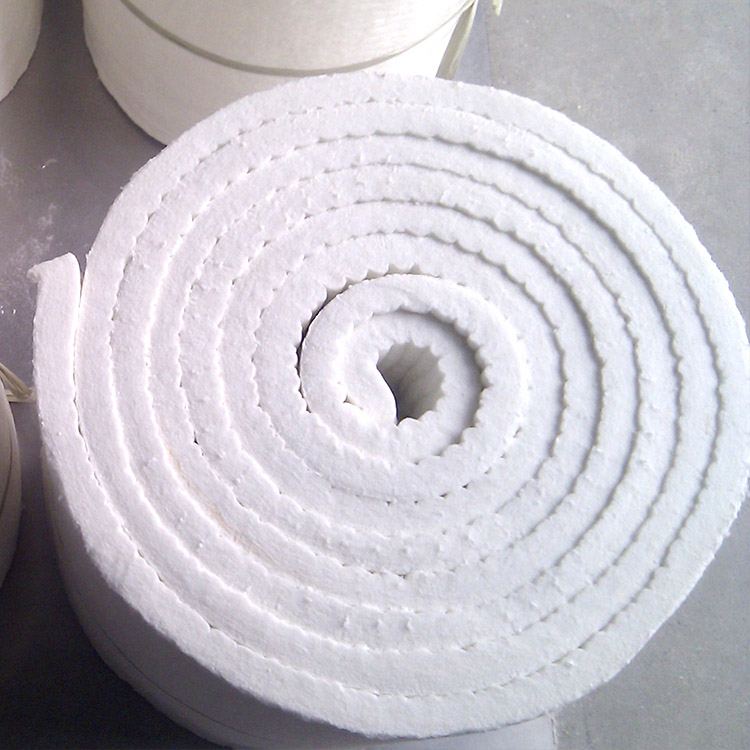
In the chemical industry, high - temperature furnaces consume a substantial amount of energy. According to industry standards, the energy consumption of traditional high - temperature furnaces can account for up to 30% - 40% of the total production cost. This high energy consumption not only increases the economic burden on enterprises but also goes against the global trend of green and low - carbon development. Therefore, the design of the insulation layer in high - temperature furnaces is of great significance. A well - designed insulation layer can effectively reduce heat loss, thereby saving energy and reducing costs.
Refractory clay insulating bricks play a key role in energy - saving and consumption - reduction in chemical kilns. From a physical perspective, these bricks have a low thermal conductivity, typically around 0.2 - 0.4 W/(m·K), which is much lower than that of ordinary bricks. This low thermal conductivity means that they can effectively block the transfer of heat, keeping the heat inside the kiln and reducing heat loss to the outside environment.
In addition, refractory clay insulating bricks have excellent thermal shock resistance. According to interviews with experienced engineers, the thermal shock resistance of these bricks allows them to withstand rapid temperature changes without cracking or breaking. This property is crucial for the stability of the furnace lining. When the kiln is heated or cooled rapidly, the thermal shock resistance of the insulating bricks can protect the furnace lining from damage, ensuring the long - term stable operation of the kiln.

Thermal shock can cause significant damage to the furnace lining. Without proper protection, the furnace lining may crack or even collapse under the influence of rapid temperature changes. The excellent thermal shock resistance of refractory clay insulating bricks can effectively protect the furnace lining. By absorbing and dissipating the stress caused by thermal shock, these bricks can maintain the integrity and stability of the furnace lining, thereby extending the service life of the kiln.
During the construction of insulating bricks, gap control is a critical process. The gap between bricks should be controlled within a reasonable range, usually 1 - 3 mm. A proper gap can ensure the overall stability of the insulation layer and prevent heat leakage through the gaps. Table 1 shows the recommended gap sizes for different types of chemical kilns:
| Kiln Type | Recommended Gap Size (mm) |
|---|---|
| Small - scale Chemical Kiln | 1 - 2 |
| Medium - scale Chemical Kiln | 2 - 3 |
| Large - scale Chemical Kiln | 2 - 3 |
Expansion joints are also essential in the construction of insulating bricks. As the temperature inside the kiln changes, the bricks will expand and contract. Without proper expansion joints, the bricks may crack or deform due to the stress caused by expansion. The layout of expansion joints should be based on the size and shape of the kiln, as well as the type of insulating bricks used. Generally, expansion joints should be set at intervals of 1 - 2 meters.
Inter - layer sealing treatment can further improve the insulation performance of the insulation layer. By using high - temperature - resistant sealants, the gaps between different layers of insulating bricks can be effectively sealed, preventing heat leakage through the inter - layer gaps. This treatment can also enhance the overall stability of the insulation layer.
Based on energy - saving evaluation data, a well - designed insulation layer using refractory clay insulating bricks can save up to 15% - 20% of energy consumption in chemical kilns. At the same time, the service life of the furnace lining can be extended by 2 - 3 years. These data clearly show the significant energy - saving benefits and economic advantages of using refractory clay insulating bricks and proper construction techniques.
In conclusion, refractory clay insulating bricks are an ideal choice for energy - saving and consumption - reduction in chemical kilns. Their low thermal conductivity, excellent thermal shock resistance, and proper construction techniques can effectively improve the energy efficiency of kilns and extend the service life of furnace linings. If you want to optimize your kiln's insulation layer design and achieve green and low - carbon production, click here to get more solutions and professional guidance.



